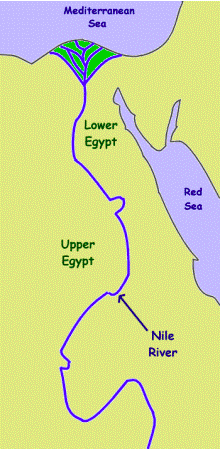Most Famous Pharaohs of Ancient Egypt

Hey there, I hope you’re doing well! Last post , we ended on who the pharaohs actually were. Today, I will give insight on some of the most renowned pharaohs of the ancient world. With that being said let’s talk about them! Tutankhamen(Tut) This is a Pharaoh whom you may have already heard of. What made him so famous was that he took rule of all of Egypt at the age of 9! The other main reason of why he was so known was because his tomb(we will talk more about the pyramids and mummification in a later post) was one of the best tombs preserved of the time. So archeologists could study his face really well. Furthermore, it was not only his body that was preserved well, the treasures and artifacts in his tomb were too. From this one piece of history, archeologists were able to find out so much about that time period. Unfortunately, his time as Pharoah was short-lived. He died at 19 years old at around 1324 B.C and only ruled for 9 years....





